Are you spending most of your time and resources creating new content to fill your website with blog posts, landing pages, Ebooks, and videos? If you’re only focused on filling a content quota, you may be missing out on opportunities to optimize the content you already have and improve your overall findability. Take a little time out from creating new content to look back and see what content received a lot of attention initially but has fallen in the rankings. Spend some content creation time refreshing older content to keep it current and working for you.
While you’re evaluating content
performance, take a look at how well you’ve been able to meet your strategic content marketing goals, evaluate your progress toward end of year goals, and buy telemarketing data perhaps revise some tactical elements based on performance so far. Use search data to review your editorial calendar, refresh your audience persona profiles, improve content performance, and evaluate landing page stickiness.
Review the editorial calendar
With 76% of B2B organizations planning to create more content moving forward, according to CMI’s Benchmarks, Budgets, and Trends for North America, the editorial calendar is becoming a necessity in most organizations. But, for many, the tool is underused. Now is a good time to step back and look over your editorial calendar and evaluate its effectiveness for planning and executing content assets.
First, let’s look at what’s included in your editorial calendar. At the very least you should have a plan for frequency of your blog and other types of content. Beyond that, the editorial calendar can help you to decide who is responsible for the tactical elements of content creation and to set deadlines and workflow for content review, publishing, and promotion.
If you aren’t already using
the editorial calendar as a way to track content performance by medium, method, and message; consider including engagement and success metrics as part of the calendar as an easy way to review content effectiveness and future content creation and content lifecycle decisions.
Medium
The medium you choose for your content is the type of content you’re creating. Are you using video, podcast, blog, landing pages, eBooks, slide deck presentations, printed materials, or other types of mediums to carry your message?
Create a place on the editorial
calendar to notate the type of content asset associated with each message. Track engagement with content mediums to determine how your audience likes its content served up. It’s too difficult to track engagement if every type of content, every campaign, or every message has its own calendar. Merge all your calendars into one and include your measurement metrics to get a quick review of what’s working and what’s not.
Before you decide to stop creating a specific type of content, consider how video, podcast, or eBooks fit into your overall content ecosystem. Try making some changes to the way you deliver or promote various mediums before completely abandoning them.
Method
The method is the channel where you distribute your content. Track what topics and what mediums are getting the most social shares, retweets, and likes on specific social channels. Include email metrics and referral data to determine where your audiences are engaging with your brand.
Match the medium with the method to see what kind of content performs better on your various channels. Maybe your email subscribers prefer blogs and your Twitter audiences like video. Knowing what your audiences are responding to will help you to revise your editorial calendar moving forward.
Message
What messages are resonating with your audiences? Do they like listicles and how to instructions, or do they prefer to be entertained? Look over your editorial calendar results to see what the most popular topics were. If you find a particular topic that’s been underserved by your current content offering, you may want to add some content creation around what is variance in statistics and the formula for calculating it that topic for the second half of the year.
Match your top performing messages to the keywords associated with them. Dive a little deeper to discover the long-tail keywords and associated topics. Once you know what topics your. Audiences are really responding to, create content on different. Mediums, or distribute on some different channels to see if you can increase engagement for those subjects.
Get more out of your editorial calendar
Reviewing your planned editorial calendar against your content metrics will help you to make adjustments along the way. The editorial calendar should be a living document to help your team visualize and deliver the content strategy to. Meet marketing goals. If you started the year using an editorial calendar to schedule your blog, expand it to include:
Blog
Frequency
Topics
Review process
Publish date
Promotion
Writing usa b2b list and editorial task assignments
Emails
Frequency
Subject lines
Content to include
Target mailing lists
Review process
Writing and distribution task assignments
Ebook


